
This rock, called "Máaz" (the Navajo word for "Mars"), is the first feature of scientific interest to be studied by NASA's Perseverance Mars rover. NASA/JPL-Caltech hide caption
But like anywhere new and remote, it's easy to get turned around on Mars. The landscape is vast and features can look really similar to one another, so the teams of scientists working on the mission needed to get on the same page about what is where.
That's where the Navajo language comes in. Although the International Astronomical Union assigns the official names for planetary features, surface mission teams use nicknames for smaller landmarks . The Perseverance team turned a Navajo engineer on the team, Aaron Yazzie of NASA's Jet Propulsion Laboratory in Southern California, to get permission from the Navajo Nation to use their language to name some points of interest.
In case you are keeping track:
NASA is naming the rocks and soil on Mars in the Navajo language - CNN
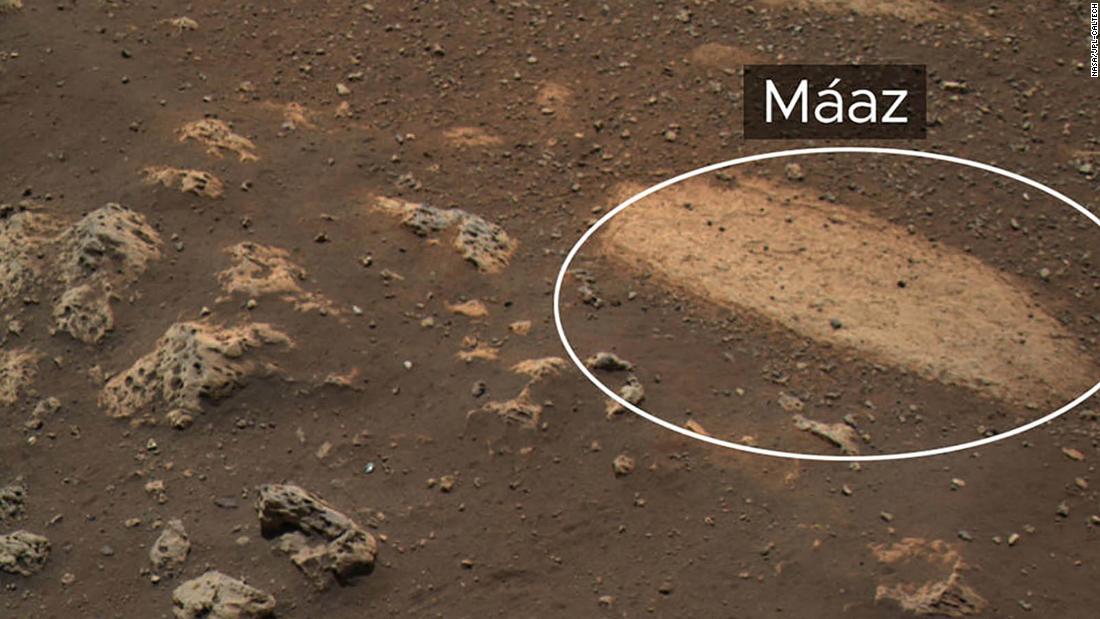
NASA's Perseverance Drives on the Mars Surface for the First Time | WOWK 13 News
(NASA/WOWK) – NASA's Mars 2020 Perseverance rover performed its first drive on Mars March 4, covering 21.3 feet across the Martian landscape. The drive served as a mobility test that marks just one of many milestones as team members check out and calibrate every system, subsystem, and instrument on Perseverance. Once the rover begins pursuing its science goals , regular commutes extending 656 feet or more are expected.
"When it comes to wheeled vehicles on other planets, there are few first-time events that measure up in significance to that of the first drive," said Anais Zarifian, Mars 2020 Perseverance rover mobility test bed engineer at NASA's Jet Propulsion Laboratory in Southern California. "This was our first chance to 'kick the tires' and take Perseverance out for a spin. The rover's six-wheel drive responded superbly.
NASA's Perseverance Mars Rover Mission Honors Navajo Language

Canyon de Chelly National Monument ("Tséyi'" in Navajo) in Arizona is located on Navajo Nation land. Members of NASA's Perseverance rover team, in collaboration with the Navajo Nation, has been naming features of scientific interest with words in the Navajo language. Larger view
This rock, called "Máaz" (the Navajo word for "Mars"), is the first feature of scientific interest to be studied by NASA's Perseverance Mars rover. Larger view
The first scientific focus of NASA's Perseverance rover is a rock named "Máaz" – the Navajo word for "Mars." The rover's team, in collaboration with the Navajo Nation Office of the President and Vice President, has been naming features of scientific interest with words in the Navajo language.
Were you following this:
Perseverance Rover's SuperCam Science Instrument Delivers First Results – NASA's Mars Exploration
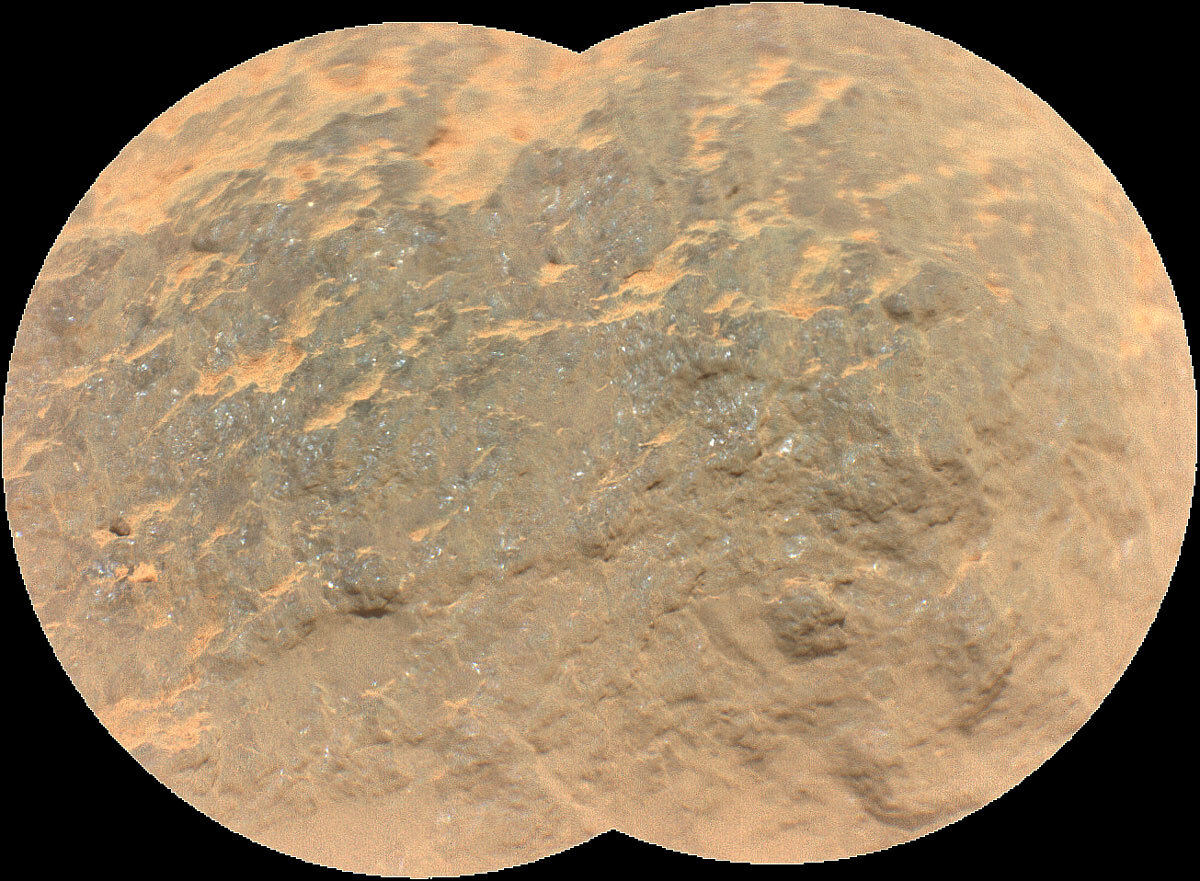
SuperCam Close-Up of ‘Yeehgo’ (‘Yéigo’) Target : Combining two images, this mosaic shows a close-up view of the rock target named “Yeehgo” from the SuperCam instrument on NASA’s Perseverance rover on Mars. The component images were taken by SuperCam’s Remote Micro-Imager (RMI). To be compatible with the rover’s software, “Yeehgo” is an alternative spelling of “Yéigo,” the Navajo word for diligent.
Data from the powerful science tool includes sounds of its laser zapping a rock in order to test what it’s made of.
The Space Dust That Causes Zodiacal Light Might Come from Mars - Eos
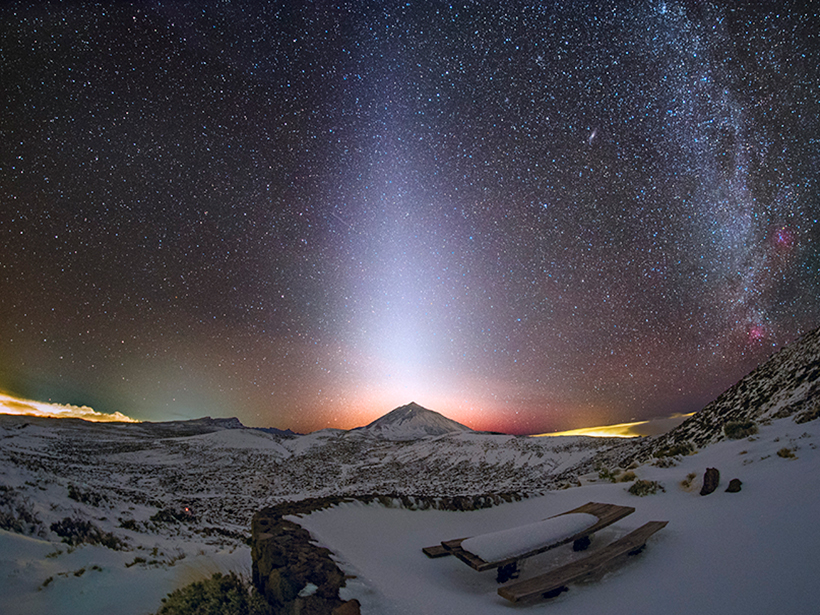
Just before sunrise or after sunset, observers of the night sky might behold a faint column of light extending upward from the horizon. Known as zodiacal light , this celestial glow results from sunlight reflecting off dust particles in the inner solar system. However, the source of the dust is unknown.
Many scientists have long assumed that the particles responsible for zodiacal light are delivered by comets and asteroids. Now Jorgensen et al . suggest that the origins of this interplanetary dust are instead associated with Mars.
The Perseverance rover has recorded the 1st laser sound on Mars. It's a 'snap!' not a 'pew!
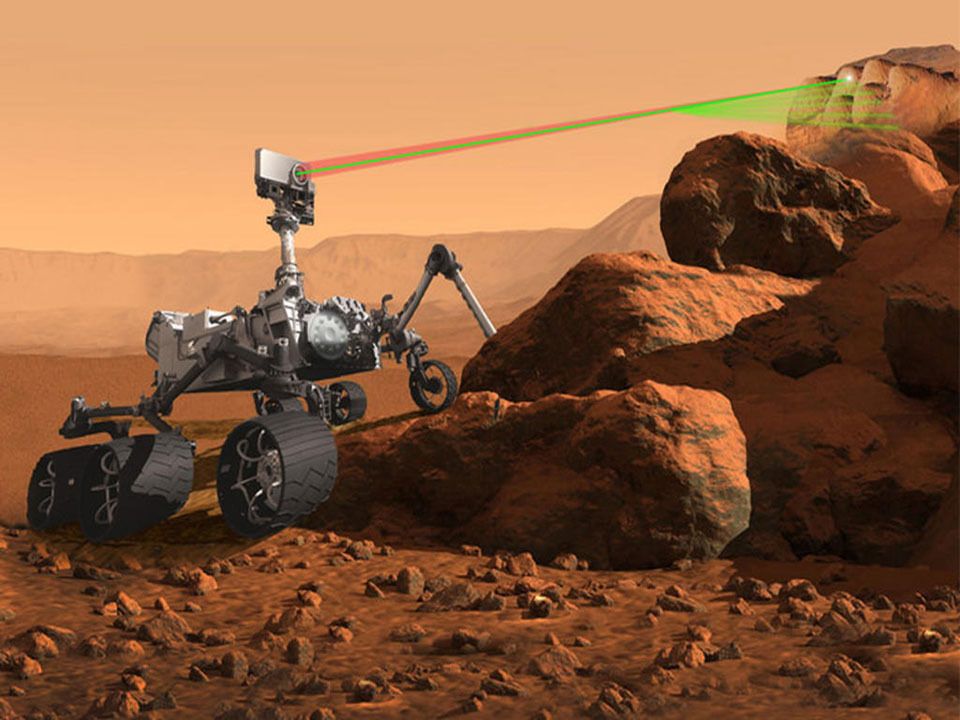
NASA's Perseverance rover has begun using its rock-zapping SuperCam instrument on the Red Planet, mission team members announced today (March 10). SuperCam is equipped with a microphone, which has picked up the gentle whoosh of the Martian wind as well as the not-so-gentle snaps generated by the laser when it hits a rock target.
"In the SuperCam team, we're extremely excited about the perspectives and the scientific investigations that we're going to be able to do with the microphone data," Murdoch said.
Perseverance rover sends back sounds of zapping rocks on Mars - CNN
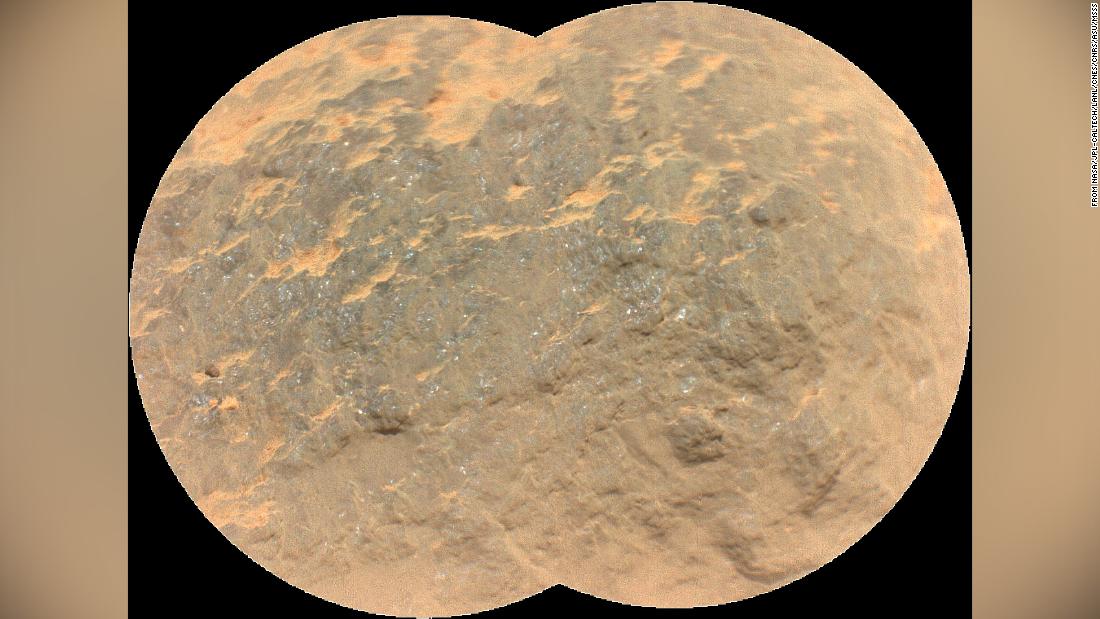
(CNN) The Perseverance rover is sending back the sounds of Mars -- and it's contributing to the soundtrack.
Happening on Twitter
Members of NASA's Perseverance rover team, in collaboration with the Navajo Nation, have been naming features of sc… https://t.co/vznThjrbso NPR Sat Mar 13 03:40:48 +0000 2021
No comments:
Post a Comment